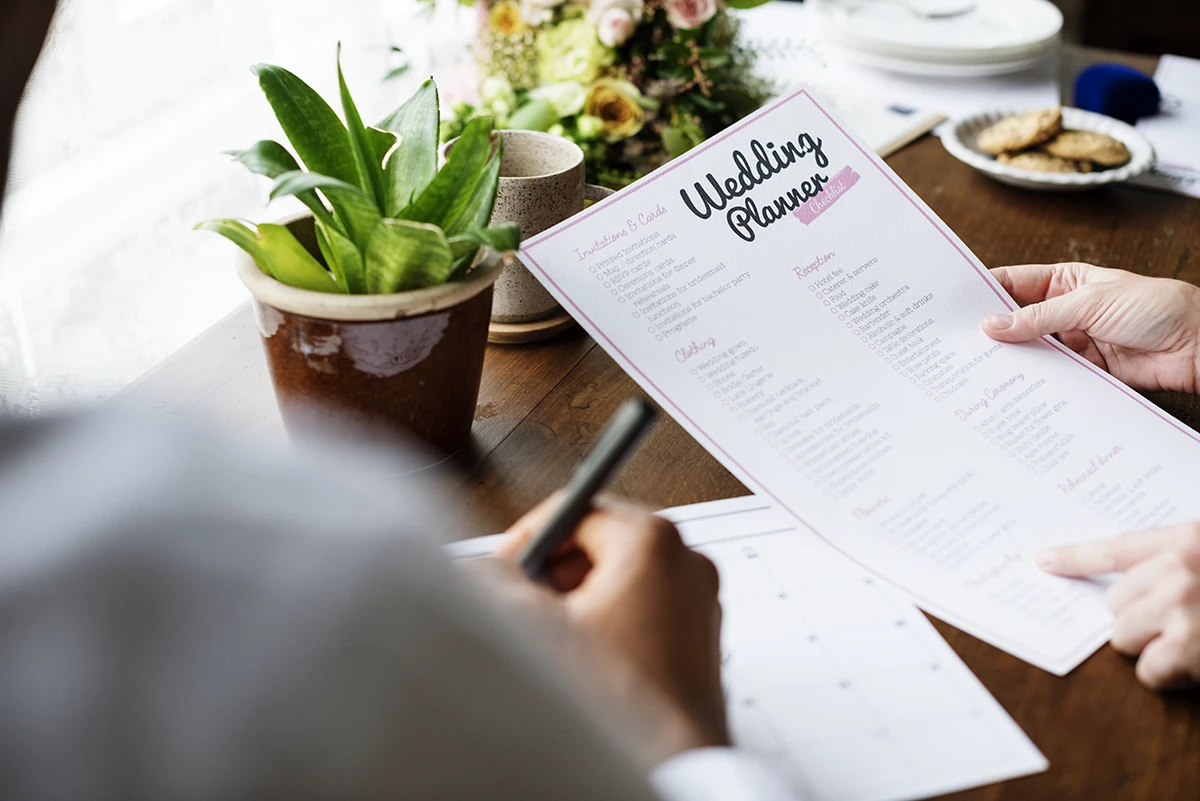Aging is an inevitable part of life, and as we grow older, our skin undergoes various changes. Fine lines, wrinkles, and uneven texture are some of the common concerns that many individuals start noticing in their mid to late twenties. This prompts many to consider incorporating skincare products like retinol into their routine. But when is the right time to start using retinol? In this blog, we will delve into the science behind retinol, its benefits, and the best time to introduce it into your skincare regimen.
Understanding Retinol
Retinol, a derivative of vitamin A, is often hailed as a holy grail ingredient in the world of skincare. Its primary function is to stimulate collagen production, promote cell turnover, and reduce the appearance of fine lines and wrinkles. Additionally, retinol can help fade dark spots and improve skin texture, making it a versatile solution for a variety of skin concerns.
Benefits of Retinol
- Anti-Aging: One of the most significant benefits of retinol is its anti-aging properties. As we age, our skin's natural production of collagen and elastin decreases, leading to the formation of fine lines and wrinkles. Retinol helps counteract this process by stimulating collagen production, resulting in firmer and more youthful-looking skin.
- Improves Skin Texture: Retinol also aids in improving skin texture. It exfoliates the top layer of dead skin cells, helping to unclog pores and reduce the appearance of rough skin, giving your complexion a smoother and more even look.
- Reduces Acne: Retinol is effective in treating acne and preventing future breakouts. It helps to regulate oil production and promotes the shedding of dead skin cells, which can contribute to clogged pores and acne.
- Fades Dark Spots: If you have sunspots or hyperpigmentation, retinol can help fade these areas over time, resulting in a more even skin tone.
- Enhances Skin Radiance: Regular use of retinol can lead to a healthier, brighter complexion. It promotes cell turnover, revealing fresh, radiant skin underneath.
When to Start Using Retinol
The ideal age to start using retinol varies from person to person, primarily depending on skin type, concerns, and personal preferences. However, here are some general guidelines to consider:
- Late 20s to Early 30s: Most skincare experts suggest that individuals in their late twenties to early thirties can start incorporating retinol into their routine. At this age, early signs of aging like fine lines may become noticeable, and retinol can help address these concerns.
- Acne-prone Skin: If you have acne-prone skin, you may consider introducing retinol in your early twenties. It can help manage breakouts and prevent future acne scars.
- Sun Damage and Dark Spots: If you have significant sun damage or dark spots, starting retinol in your late twenties or early thirties can be beneficial. Retinol can gradually fade these imperfections and improve overall skin tone.
- Sensitive Skin: Individuals with sensitive skin should exercise caution when starting retinol. It's advisable to consult with a dermatologist to determine the best retinol product and concentration for your skin type.
- Pregnancy and Nursing: If you are pregnant or nursing, it's recommended to avoid retinol-based products, as high doses of vitamin A can be harmful to the developing fetus or infant.
How to Incorporate Retinol into Your Skincare Routine
When you decide to start using retinol, it's essential to do so gradually to minimize potential side effects such as dryness, redness, and flakiness. Here's a step-by-step guide on how to incorporate retinol into your skincare routine:
- Patch Test: Before applying retinol to your face, perform a patch test on a small area of skin to ensure you don't experience any adverse reactions.
- Start Slowly: Begin with a lower concentration of retinol, typically 0.25% or 0.5%, and use it only two to three times a week at night.
- Apply to Clean Skin: Cleanse your face thoroughly before applying retinol. Make sure your skin is completely dry before application.
- Use a Pea-sized Amount: Apply a small amount of retinol (about the size of a pea) evenly across your face. Avoid the eye area and lips.
- Moisturize: After applying retinol, follow up with a moisturizer to lock in hydration and minimize dryness.
- Sun Protection: It's crucial to use sunscreen daily when using retinol, as it can make your skin more sensitive to the sun. Opt for a broad-spectrum SPF of at least 30 to protect your skin from UV damage.
- Avoid Mixing with Certain Products: Avoid using retinol alongside other strong active ingredients like AHAs, BHAs, or vitamin C until your skin has acclimated to retinol.
- Be Patient: Results from retinol may take several weeks to become noticeable, so be patient and consistent with your skincare routine.
The right time to start using retinol in your skincare routine depends on various factors, including your age, skin concerns, and sensitivity. Generally, the late twenties to early thirties is a suitable age range for most individuals to begin incorporating retinol. However, it's essential to start slowly, monitor your skin's response, and consult with a dermatologist if you have specific concerns or sensitivities. When used correctly, retinol can be a powerful tool in maintaining youthful and radiant skin for years to come.


